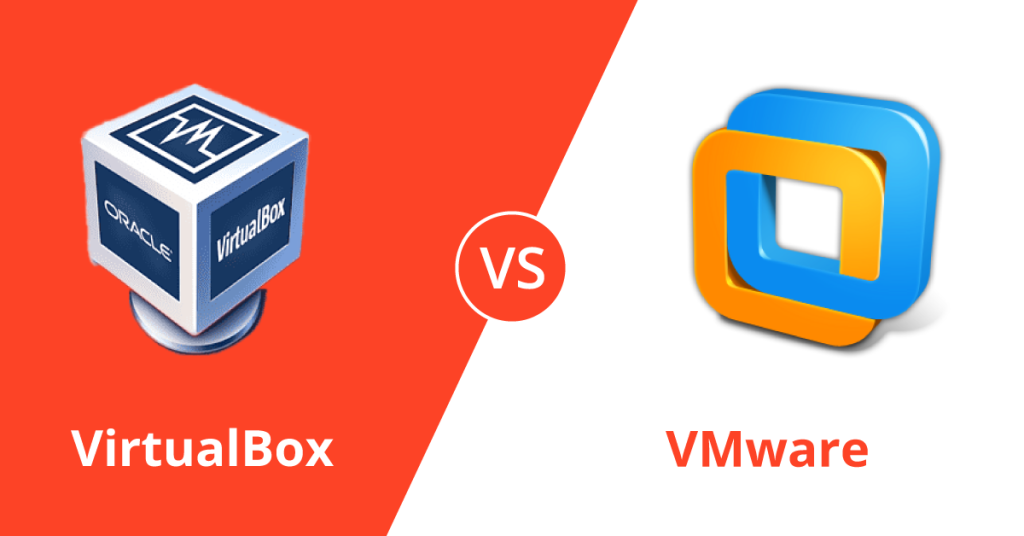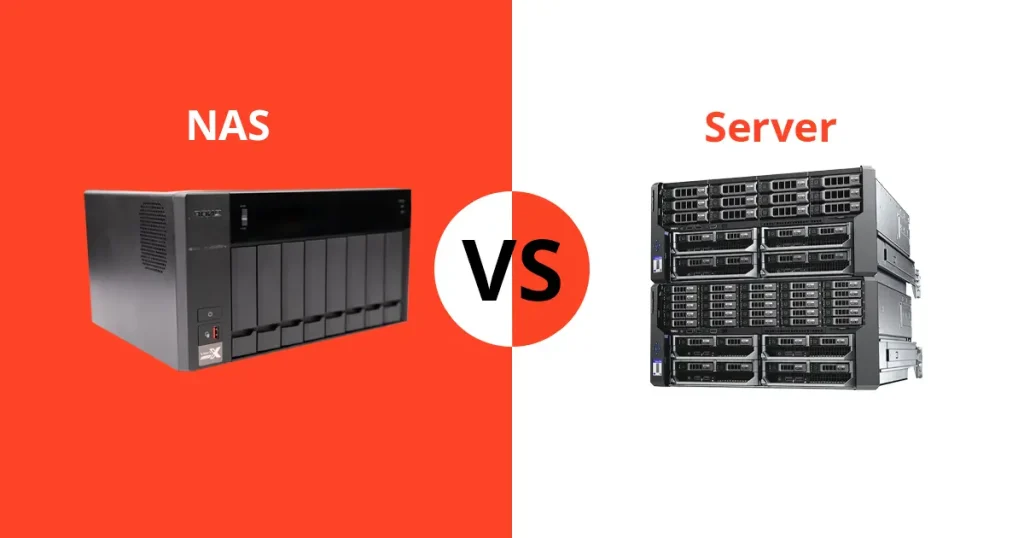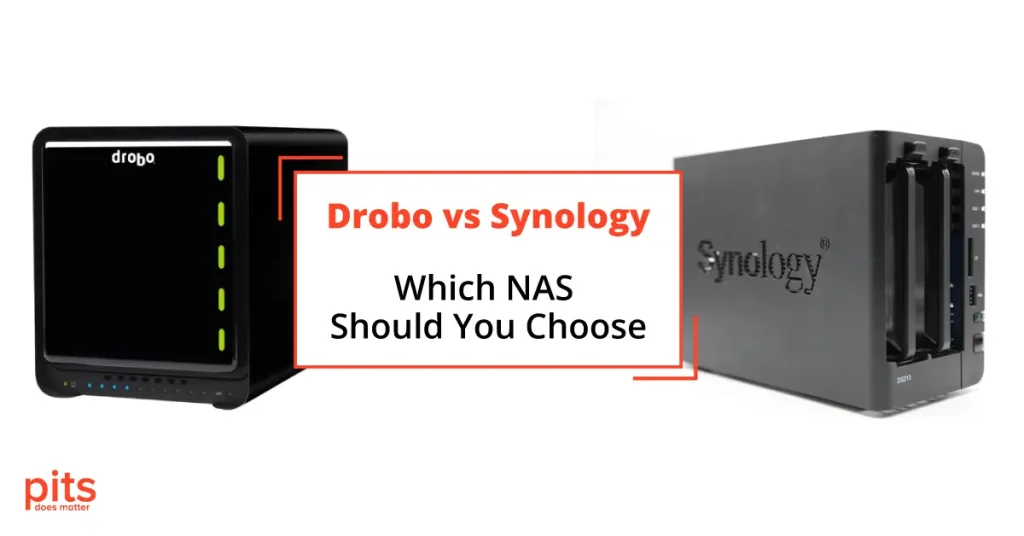A storage interface serves as the crucial link that connects your storage devices to the system, significantly impacting speed, performance, and compatibility. The selection of an appropriate storage interface can prove to be of paramount importance.
Within this blog post, we shall delve into various storage interfaces, with particular emphasis on the four primary ones: SATA, PATA, NVMe, and SCSI. By acquiring a deeper comprehension of their distinctive attributes and capabilities, you will be empowered to make well-informed choices and opt for the ideal storage solution tailored precisely to your requirements.
Let us commence with the elder and presently less prevalent interface, Parallel ATA (PATA).
PATA (Parallel ATA)
PATA, or IDE (Integrated Drive Electronics), as it is also known, came into existence in 1986 and saw widespread use in computers until the early 2000s. It employed a parallel data transfer approach, simultaneously transmitting multiple data bits across multiple wires. PATA cables typically comprised 40 or 80 pins and supported slower speeds ranging from 33 to 133 MB/s.
While PATA drives were recognised for their compatibility with older systems, they suffered from slower data transfer rates and limited scalability. Furthermore, the bulky PATA cables had the potential to impede airflow within a computer chassis.
SATA (Serial ATA)
In the early 2000s, Serial ATA (SATA) took over as the predominant storage interface, replacing PATA. As its name suggests, SATA adopted a serial data transfer method, transmitting one bit of data at a time. This design significantly improved performance, reduced cable clutter, and enhanced overall system airflow.
SATA drives are available in different generations, with SATA III being the most prevalent. SATA III offers a maximum data transfer rate of 6 Gbps (approximately 600 MB/s). However, the bandwidth of SATA III is limited, making it less suitable for high-performance applications that demand faster storage speeds.
NVMe (Non-Volatile Memory Express)
Non-Volatile Memory Express (NVMe) represents a contemporary storage interface specifically tailored for solid-state drives (SSDs). In contrast to SATA, which was originally intended for mechanical hard drives, NVMe is optimised for the low-latency and high-speed characteristics of flash-based storage.
NVMe was explicitly designed to work with flash memory through the PCIe (Peripheral Component Interconnect Express) interface, which is commonly found in modern computer systems. This interface establishes a direct pathway to the CPU, enabling NVMe SSDs to achieve incredibly fast speeds. NVMe drives can deliver data transfer rates of up to 32 Gbps (approximately 3.2 GB/s) or even higher, depending on the specific drive and PCIe generation.
SCSI (Small Computer System Interface)
The Small Computer System Interface (SCSI) represents a versatile storage interface with a history spanning several decades. Initially, SCSI found primary usage in high-end servers and workstations due to its advanced capabilities, including support for numerous devices and advanced features like command queuing.
Over time, SCSI has evolved, and its latest iteration, SCSI Express, combines the speed of PCIe with the versatility of SCSI commands. SCSI Express allows for high-speed data transfer rates while maintaining backward compatibility with existing SCSI devices.

Appreciating the distinctions between SATA, PATA, NVMe, and SCSI proves essential in making well-informed choices concerning storage solutions. While PATA has become outdated, SATA maintains its status as the standard for most consumer-grade storage devices. Yet, for those who seek exceptional performance, NVMe stands out with its lightning-fast speeds, particularly for SSDs. On the other hand, SCSI caters to specialised enterprise environments, prioritising compatibility and advanced features.
By carefully considering your specific needs and understanding the capabilities of these interfaces, you can aptly select the most suitable storage solution for your computer system. Whether the purpose is personal computing, gaming, or enterprise applications, the appropriate storage interface can significantly augment your overall computing experience.
Frequently Asked Questions
What are SATA, PATA, NVMe, and SCSI?
SATA (Serial Advanced Technology Attachment), PATA (Parallel Advanced Technology Attachment), NVMe (Non-Volatile Memory Express), and SCSI (Small Computer System Interface) are different types of storage interfaces used to connect storage devices like hard drives and SSDs to a computer or server.
How do SATA and PATA differ?
SATA is a newer and faster interface compared to PATA. PATA used parallel data transmission, while SATA uses serial transmission, allowing for higher data transfer rates and more efficient communication. SATA cables are thinner and more flexible, contributing to better airflow within computer cases.
What are the advantages of SATA?
SATA interfaces provide faster data transfer rates, easier cable management due to smaller connectors, and better compatibility with modern motherboards and devices. SATA is commonly used for connecting internal hard drives, SSDs, and optical drives.
What is the difference between SATA and NVMe?
NVMe is a newer interface designed specifically for SSDs. It offers significantly faster data transfer speeds compared to SATA, as NVMe SSDs leverage the high-speed capabilities of the PCIe bus. NVMe is ideal for users who require high-performance storage for tasks like gaming, content creation, and data-intensive applications.
What about SCSI? How does it compare to SATA and NVMe?
SCSI is an older interface that was popular in the past for connecting various types of devices, including hard drives, tape drives, and optical drives. SCSI offers advantages in terms of flexibility and support for multiple devices on the same interface. However, it has largely been replaced by SATA and NVMe for consumer applications due to their superior performance and ease of use.
We’re Here to Help
Our experienced team is committed to helping you recover your critical data. No matter the situation, we work diligently to ensure the best possible outcome. Take action now and let us restore what’s important to you.
Start Recovery Process
"*" indicates required fields


